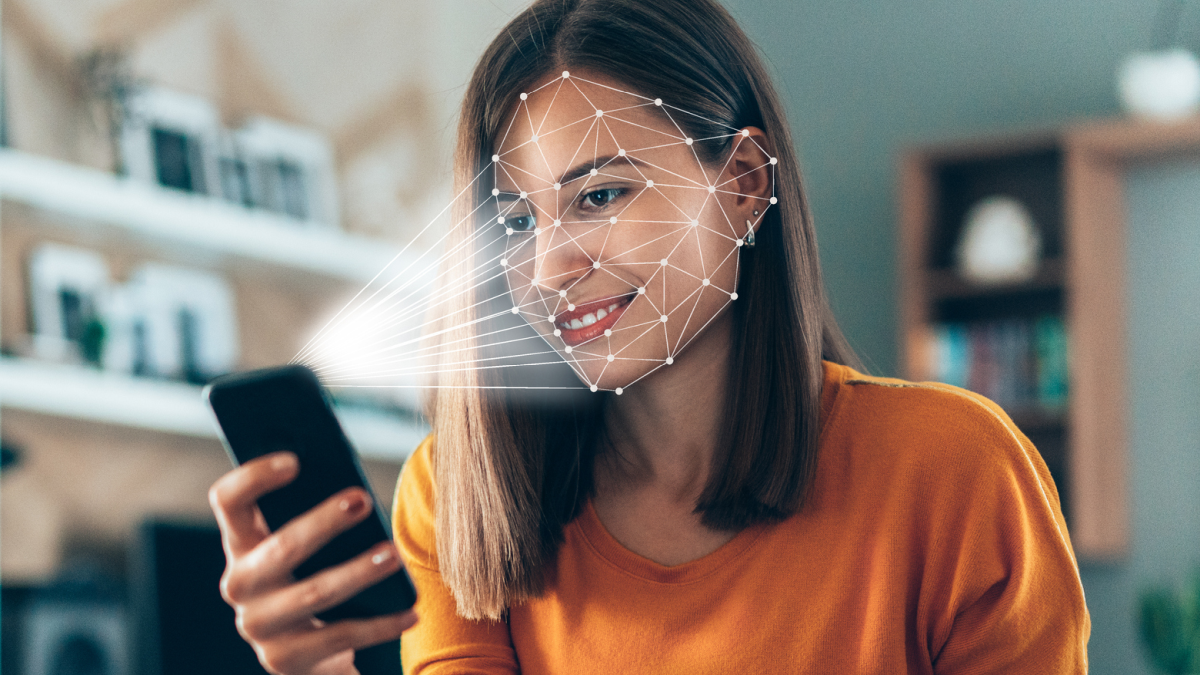In the era of advanced biometric security features, concerns about the vulnerability of face recognition technology persist. One common question that surfaces is whether it’s possible to unlock face recognition systems with a simple photograph. In this exploration, we delve into the intricacies of face recognition technology, addressing misconceptions and shedding light on the robust security measures that reputable systems employ.
Table of Contents
ToggleUnderstanding Face Recognition Technology
Face recognition technology leverages sophisticated algorithms to analyze facial features and create a unique biometric template for identification purposes. It works by capturing and analyzing specific facial characteristics, such as the distance between the eyes, nose shape, and jawline. The resulting template is then compared to a database of stored templates for authentication.
Myth: Face Recognition Can Be Easily Fooled with a Photo
Reality: Reputable face recognition systems are designed with anti-spoofing measures to prevent unauthorized access using static images. While early iterations of face recognition technology may have been susceptible to photo attacks, modern systems employ advanced methods such as liveness detection to distinguish between a live person and a static image.

Liveness Detection: A Crucial Defense Mechanism
To counteract photo-based attacks, liveness detection has become an integral part of state-of-the-art face recognition systems. This technology involves prompting users to perform specific actions, such as blinking, smiling, or turning their heads during the authentication process. These dynamic movements help ensure that the presented face is live, making it considerably more challenging for malicious actors to use static photos for unauthorized access.
Biometric Template Encryption
To enhance security further, reputable face recognition systems encrypt the biometric templates stored in their databases. This encryption adds an extra layer of protection, making it extremely difficult for attackers to replicate or manipulate the stored facial templates even if they manage to access them.
Ongoing Technological Advancements
Face recognition technology continues to evolve, with ongoing research and development focused on improving security measures. The integration of 3D sensing technologies, depth mapping, and advanced machine learning algorithms enhances the accuracy and reliability of these systems, making them increasingly resistant to fraudulent attempts.
Tips for Enhancing Face Recognition Security
- Choose Reputable Systems: Opt for face recognition systems from established and reputable vendors. These systems are more likely to incorporate robust security features and stay updated with the latest advancements in anti-spoofing technologies.
- Enable Liveness Detection: If available, activate liveness detection features in your face recognition system. This adds an extra layer of protection against photo-based attacks by requiring dynamic movements during the authentication process.
- Regularly Update Software: Keep your face recognition software up to date. Developers frequently release updates to address security vulnerabilities and enhance the overall effectiveness of the system.
- Combine with Multi-Factor Authentication: To bolster security, consider combining face recognition with multi-factor authentication methods, such as passwords or fingerprint scanning. This layered approach adds an extra barrier against unauthorized access.
Conclusion: Face Recognition’s Evolution in Security
In conclusion, the idea that face recognition can be easily fooled with a photo is a misconception rooted in outdated perceptions of the technology. Modern face recognition systems are equipped with robust anti-spoofing measures, including liveness detection and biometric template encryption. As technology evolves, these systems continue to enhance their security features, providing users with reliable and secure authentication methods. It’s essential to stay informed about the latest advancements in face recognition technology and choose reputable systems to ensure optimal security for personal and organizational use.
FAQ’s
Q1: Is it true that face recognition technology can be easily bypassed with a static photo?
No, this is a common misconception. Reputable face recognition systems employ advanced security measures, including liveness detection and biometric template encryption, to prevent unauthorized access using static images.
Q2: What is liveness detection, and how does it enhance face recognition security?
Liveness detection involves prompting users to perform dynamic actions, such as blinking or smiling, during the authentication process. This feature ensures that the presented face is live, making it significantly more challenging for attackers to use static photos for unauthorized access.
Q3: How does face recognition technology work to authenticate users?
Face recognition technology analyzes specific facial features, creating a unique biometric template for each individual. This template is compared to a database of stored templates for authentication. Modern systems use sophisticated algorithms to accurately identify individuals.